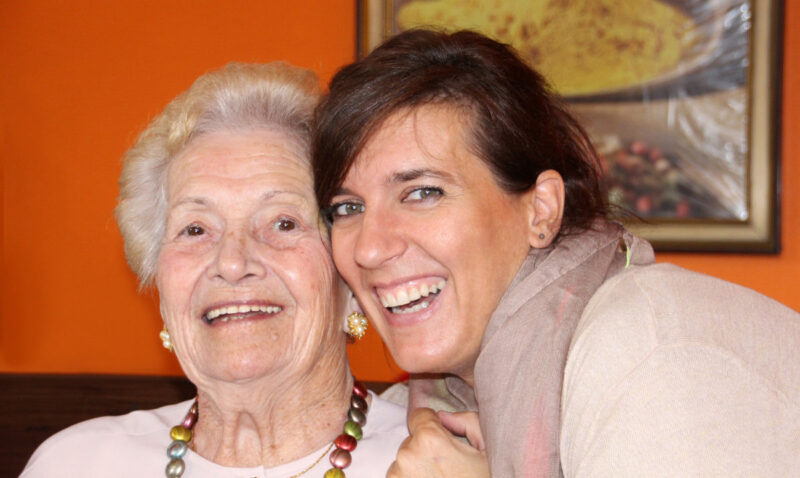Did you know that January is Glaucoma Awareness Month?
Glaucoma can happen to anyone, regardless of age, but adults over the age of 60 are most at risk. As many as three million Americans have glaucoma, and older adults are six times more likely to develop glaucoma after the age of 60. In many cases, glaucoma is asymptomatic, as it progresses slowly over time. So slowly, that many years may go by without an individual knowing they have it until it’s detected by their eye doctor.
Put simply, glaucoma is a disease that damages the eye’s optic nerve. It typically happens when fluid builds up in the front part of the eye. The additional fluid increases the pressure in the eye, which damages the optic nerve over time. It is one of the leading causes of blindness in older adults. Although there is no cure for glaucoma, early treatment, and intervention can often prevent the condition from worsening and leading to blindness.
Types of Glaucoma:
There are several types of Glaucoma, but the most common type is “open-angle glaucoma,” followed by “angle-closure glaucoma,” and “normal tension glaucoma.”
Open-Angle Glaucoma. The most common of the types, open-angle glaucoma occurs gradually, where the eye does not drain the “aqueous humor” as it should. The aqueous humor, in a normal eye, drains out through an area called the “drainage angle.” This helps keeps the pressure in the eye stable. If the drainage angle is not working as it should, fluid that would normally be drained from the eye builds up, and pressure in the eye rises, which contributes to damage to the optic nerve. This type of glaucoma is painless, causing no vision changes at first.
Angle-Closure Glaucoma. A matter of anatomy, this type of glaucoma happens when someone’s iris is very close to the drainage angle in the eye. The iris then subsequently can block the drainage angle, much like a clogged sink drain. Once the drainage angle ends up completely blocked, eye pressure rises incredibly quickly. When this happens, it is known as an “acute attack,” and is considered a true eye emergency. It requires immediate evaluation and proper medical care to save your vision, as this type can cause blindness quickly.
Signs of an Acute Angle-Closure Glaucoma Attack:
- Sudden, blurry vision.
- Severe eye pain.
- Headache, nausea, and vomiting.
- Seeing colored rings or “halos” around light sources.
Many people don’t know they have angle-closure glaucoma until they experience an attack. As is the case with open-angle glaucoma, this type often doesn’t display symptoms until an “attack,” and someone may have it chronically over a period of time before knowing it.
Normal-Tension Glaucoma. This happens when an individual may not have abnormal eye pressure but may display symptoms of glaucoma such as blind spots in their field of vision and optic nerve damage.
Risk Factors for Glaucoma:
Some people have a higher risk of developing glaucoma than others. Those most at risk are people who:
- Have a family history of glaucoma
- Are over the age of 60, although it is recommended to begin regular, comprehensive eye exams that include eye pressure testing, eye drainage inspections, and optic nerve damage screenings, around the age of 40.
- Have pre-existing higher eye pressure
- Are nearsighted or farsighted
- Have had a previous eye injury
- Have comorbid health conditions such as diabetes, migraines, high blood pressure, poor circulation, or other health conditions that affect their entire bodies
The best way to determine your risk for glaucoma and stay on top of your eye health is to keep up with regular eye exams on a yearly basis, and depending on your age and other risk factors, regular glaucoma screenings and comprehensive vision screenings every 2-10 years.
Prevention:
At the writing of this article, there is no known cure for glaucoma. Glaucoma is irreversible, however, there are things you can do to prevent further vision loss and help slow the disease down.
- Stick to your regularly scheduled eye exams and talk to your doctor if you feel you may be developing glaucoma, or are having any symptoms.
- Wear eye protection when engaging in risky activities where your eyes may become injured.
- Know your family’s eye health history. Talk to other people in your family to see if you may be at a greater risk of developing glaucoma.
- If you are taking medications to manage glaucoma, make sure you are using them regularly and as prescribed by your doctor. Don’t change your dose on your own, or the frequency of them.
- Manage other health conditions that increase your risk of developing glaucoma. Eating a healthy diet, drinking plenty of water, and staying active can go a long way in preventing many health conditions that increase the risk of getting glaucoma, such as diabetes, high blood pressure, or heart disease.
To learn more about glaucoma, click here.










